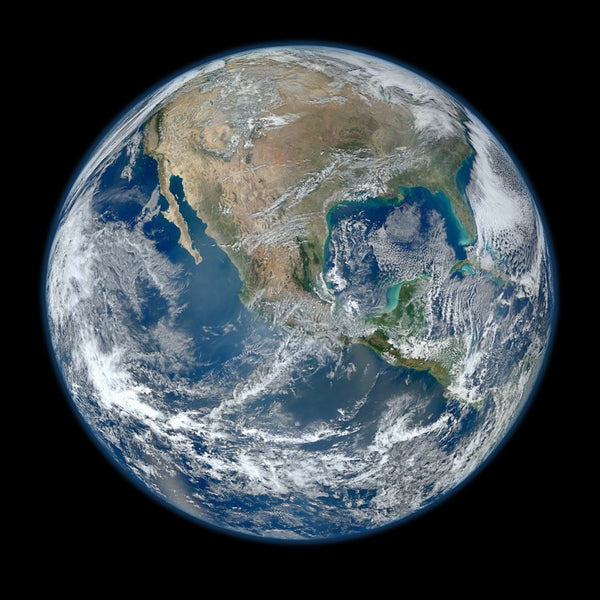In the summer of 1975, the NASA Ames Research Center teamed up with Stanford University on "Space settlements: A design study" to brainstorm what life in space would look like. Two painters from the Bay Area were recruited, Don Davis and Rick Guidice, to provide realistic, though futuristic, takes on human life inside a space colony.
Torus Interior AC75-2621 5718 depicts a toroidal colony design (in mathematics a toroid is a donut-shaped object). Up to 10,000 people could live and work in this home away from home. Natural sunlight was possible, according to the plans, due to solar power, gravity could be regulated through the constant rotation of the Torus, and there'd be a pipeline shuttling goods and services back and forth to earth so you'd never be without. Earth was never too far away from these colonies, that was part of the allure.
Don Davis, who painted this scene, hoped that this romantic depiction would entice everyday sorts of people to want a home that floats in the sky. His inspiration for the rolling landscape, the attractive lakeside view? Davis didn't have to look far away for that. I lived in the Bay Area at the time, with the green hills and such, he told Discover Magazine in 2013, and I was very enthused to encapsulate that life and that area.
Space settlements: A design study was just the beginning of any number of creative, forward-thinking, though slightly oddball, money-making tech projects to come out of the Bay Area over the decades. In the 1970s, the space industry believed the cosmos could be harnessed as a potential real estate hub (just as the tech industry today continues to mine the depths of the web for more and more online real estate).







